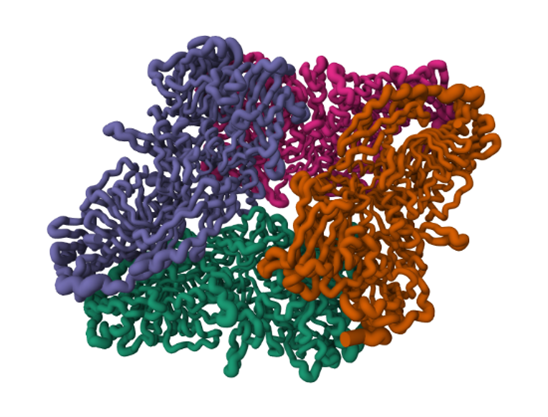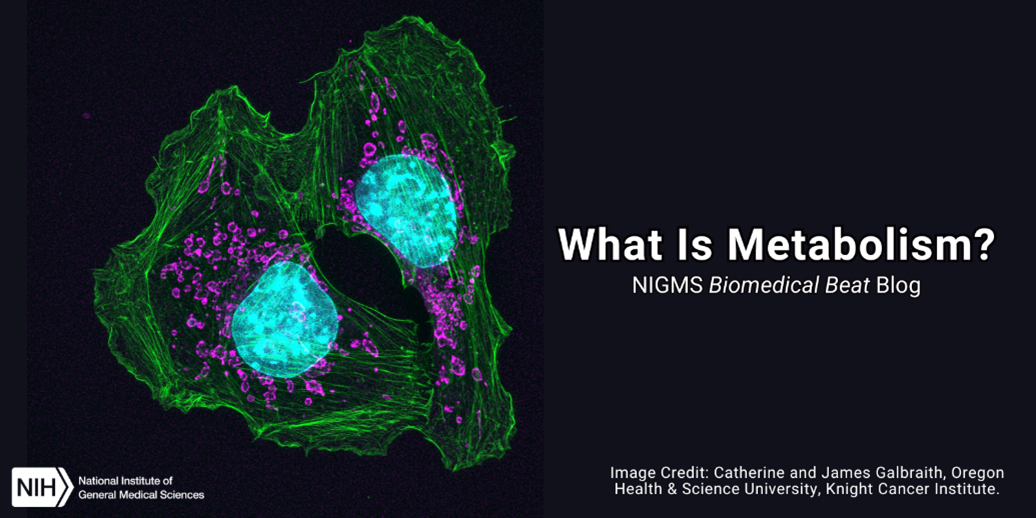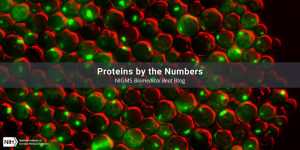
You’ve likely heard someone attribute their body size to a fast or slow metabolism. But did you know there’s much more to metabolism than calories burned? Metabolism includes all the chemical changes that occur as our bodies use enzymes to break down food, medicines, and biological substances as well as produce energy and materials needed for growth.
The Two Sides of Metabolism
Our bodies have many metabolic pathways, but they all fall into two main categories: catabolic and anabolic. Catabolic pathways break down complex molecules into simpler ones, usually releasing energy in the process. For example, catabolic pathways turn large carbohydrate molecules from our food into simple sugars, such as glucose. Some of the most well-known catabolic pathways then convert the simple sugar glucose into adenosine triphosphate (ATP), a molecule that cells commonly use as an energy source.
Anabolic pathways build complex molecules from simpler ones, which requires energy input. These types of pathways perform tasks such as using amino acids to build proteins, which do many important jobs in our bodies.
Our cells must carefully control their many catabolic and anabolic pathways to ensure that enough energy and key molecules are present in the body. If cells sense too much or too little of a certain substance, they can increase or decrease the activity of a corresponding pathway by changing the amount of a key enzyme that’s available.
Metabolism MVPs
Enzymes are the workhorses of metabolic pathways. They act as biological catalysts, speeding up the rates of pathways’ chemical reactions. An enzyme isn’t changed by the reaction it’s involved in, so it can do its job over and over.
Our bodies have to process any substance we put into them, including food and medicines, which often involves enzymes. For instance, the enzyme lactase interacts with the sugar lactose and breaks it into smaller molecules that the body can absorb. Also, enzymes usually inactivate medicines to help get them out of the body, so it’s important for a medicine to be designed to be able to do its job before being inactivated. Check out our post “What Happens to Medicines in Your Body?” to learn more about how your body handles medicines.
Misbehaving Metabolism
Disruptions to the delicate balance of metabolic pathways can lead to serious diseases. For example, ineffective versions of a single enzyme that normally breaks down the amino acid phenylalanine cause the inherited condition phenylketonuria (PKU). In severe cases, PKU can cause intellectual disability and seizures, among other symptoms, if the affected person isn’t put on a low-phenylalanine diet. In the United States, clinicians typically screen newborns for PKU as part of standard tests.

Other diseases can also involve altered metabolism. For instance, cancer cells often shift from producing ATP the way most healthy cells do to using processes that create more of the materials they need to grow, among other metabolic changes. Some cancer medicines target these altered pathways to kill diseased cells.
Metabolism clearly plays a vital role in our well-being. The next time someone mentions metabolism to you, take a moment to think about the many interconnected pathways that sustain your body every day.

Learn more in our Educator’s Corner.








Hi Abbey,
You write such excellent posts, I was wondering how you got into science writing? I’m starting my 4th year of my PhD in Developmental Behavioral Neuroscience and I’m potentially interested in some kind of science writing as a career path.
Hi Abigail,
Thank you! I became interested in science writing as an undergraduate because it was a way to combine my love of storytelling and my fascination with biomedical science. I did a couple of internships, earned a master’s degree in science journalism, and then started my career working with NIGMS, but there are many paths to science communication! For example, two of our other blog writers, Rachel Crowley and Kim Smith, earned Ph.D.s before entering the field of science writing.
On Monday, August 12, we’re starting a miniseries of blog posts about becoming a scientist and some of the many possible career paths. I think you might find it interesting! Especially the second post in the series, which we’re publishing on September 9. You may also find some resources and information from the National Association of Science Writers and The Open Notebook helpful as you navigate the career.
Wishing you all the best!